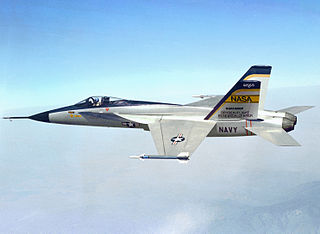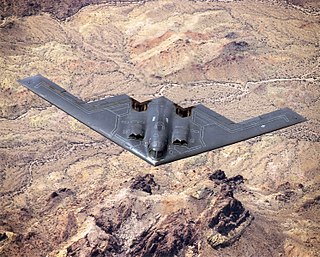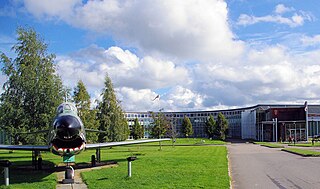Bede BD-5 on display at the Western Museum of Flight | |
| Location | 3315 Airport Drive, Red Baron #3 Torrance, California |
|---|---|
| Coordinates | 33°48′06″N118°20′33″W / 33.8017°N 118.3424°W |
| Type | Aviation museum |
| Website | http://www.wmof.com |
The Western Museum of Flight (WMOF) is an aviation museum located at Zamperini Field, the municipal airport in Torrance, California. WMOF is operated by the Southern California Historical Aviation Foundation. It houses not only historic aircraft, many of which were built in Southern California, but also has an extensive collection of historic photographs and blueprints. [1] [2]

Aviation, or air transport, refers to the activities surrounding mechanical flight and the aircraft industry. Aircraft includes fixed-wing and rotary-wing types, morphable wings, wing-less lifting bodies, as well as lighter-than-air craft such as balloons and airships.

A museum is an institution that cares for (conserves) a collection of artifacts and other objects of artistic, cultural, historical, or scientific importance. Many public museums make these items available for public viewing through exhibits that may be permanent or temporary. The largest museums are located in major cities throughout the world, while thousands of local museums exist in smaller cities, towns and rural areas. Museums have varying aims, ranging from serving researchers and specialists to serving the general public. The goal of serving researchers is increasingly shifting to serving the general public.

Zamperini Field is a public airport three miles (5 km) southwest of downtown Torrance, in Los Angeles County, California.
Contents
The museum has several rare aircraft among its collection, including the second Northrop YF-23 Advanced Tactical Fighter (ATF) 5th generation stealth fighter demonstrator. Also on display is the first Northrop YF-17 Cobra, a lightweight fighter which was the basis for the Boeing (originally McDonnell-Douglas) F/A-18 Hornet currently used by the United States Navy and Marine Corps. In addition, a Grumman F-14 Tomcat and Douglas A-4A, plus numerous other notable jet- and propeller-drive airplanes.

The Northrop/McDonnell Douglas YF-23 is an American single-seat, twin-engine stealth fighter aircraft technology demonstrator designed for the United States Air Force (USAF). The design was a finalist in the USAF's Advanced Tactical Fighter (ATF) competition, battling the Lockheed YF-22 for a production contract. Two YF-23 prototypes were built, nicknamed "Black Widow II" and "Gray Ghost".

The Advanced Tactical Fighter (ATF) was a demonstration and validation program undertaken by the United States Air Force to develop a next-generation air superiority fighter to counter emerging worldwide threats, including Soviet Sukhoi Su-27 and Mikoyan MiG-29 fighters under development in the 1980s. Lockheed and Northrop were selected in 1986 to develop the YF-22 and the YF-23 technology demonstrator aircraft. These aircraft were evaluated in 1991 and the Lockheed YF-22 was selected and later developed into the F-22 Raptor.

The Northrop YF-17 was a prototype lightweight fighter aircraft designed for the United States Air Force's Lightweight Fighter (LWF) technology evaluation program. The LWF was initiated because many in the fighter community believed that aircraft like the F-15 Eagle were too large and expensive for many combat roles. The YF-17 was the culmination of a long line of Northrop designs, beginning with the N-102 Fang in 1956, continuing through the F-5 family.
The WMOF is one of three museums that house the only surviving Jack Northrop flying wings (Northrop N-1M at the Steven F. Udvar-Hazy Center annex of the National Air and Space Museum, Northrop N-9M at the Planes of Fame Museum at Chino and the Northrop JB-1 Bat glider (manned) at the WMOF).

John Knudsen "Jack" Northrop was an American aircraft industrialist and designer, who founded the Northrop Corporation in 1939.

A flying wing is a tailless fixed-wing aircraft that has no definite fuselage. The crew, payload, fuel, and equipment are typically housed inside the main wing structure, although a flying wing may have various small protuberances such as pods, nacelles, blisters, booms, or vertical stabilizers.

The Northrop N-1M, also known by the nickname "Jeep", was an American experimental aircraft used in the development of the flying wing concept by Northrop Aircraft during the 1940s.
















